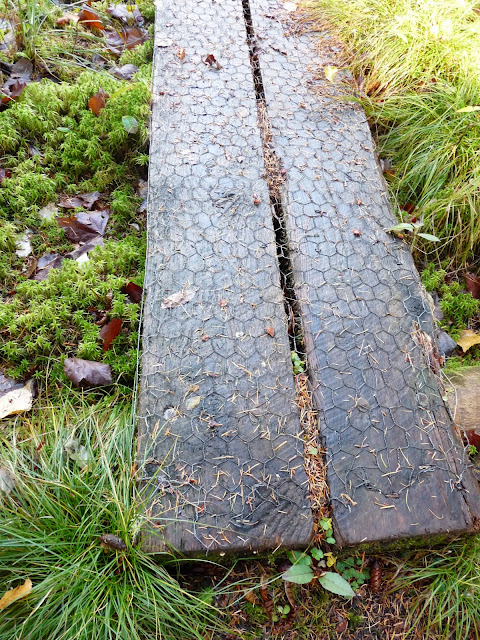Kevin Rooney
New member
- Joined
- Sep 15, 2003
- Messages
- 3,667
- Reaction score
- 354
A bit off topic, but ... I had an opportunity to hike in Ireland earlier this year, which as most know is a very damp country, with lots of highland boggy areas. Many of the bog bridges were old railroad ties, and often found them covered with 1/2" wire mesh, sometimes called hardware cloth. It was the best method I've every seen of reducing the slipperiness of a bog bridge. The cross-hatching you often see is an good method also, but not nearly as good as the hardware cloth.


